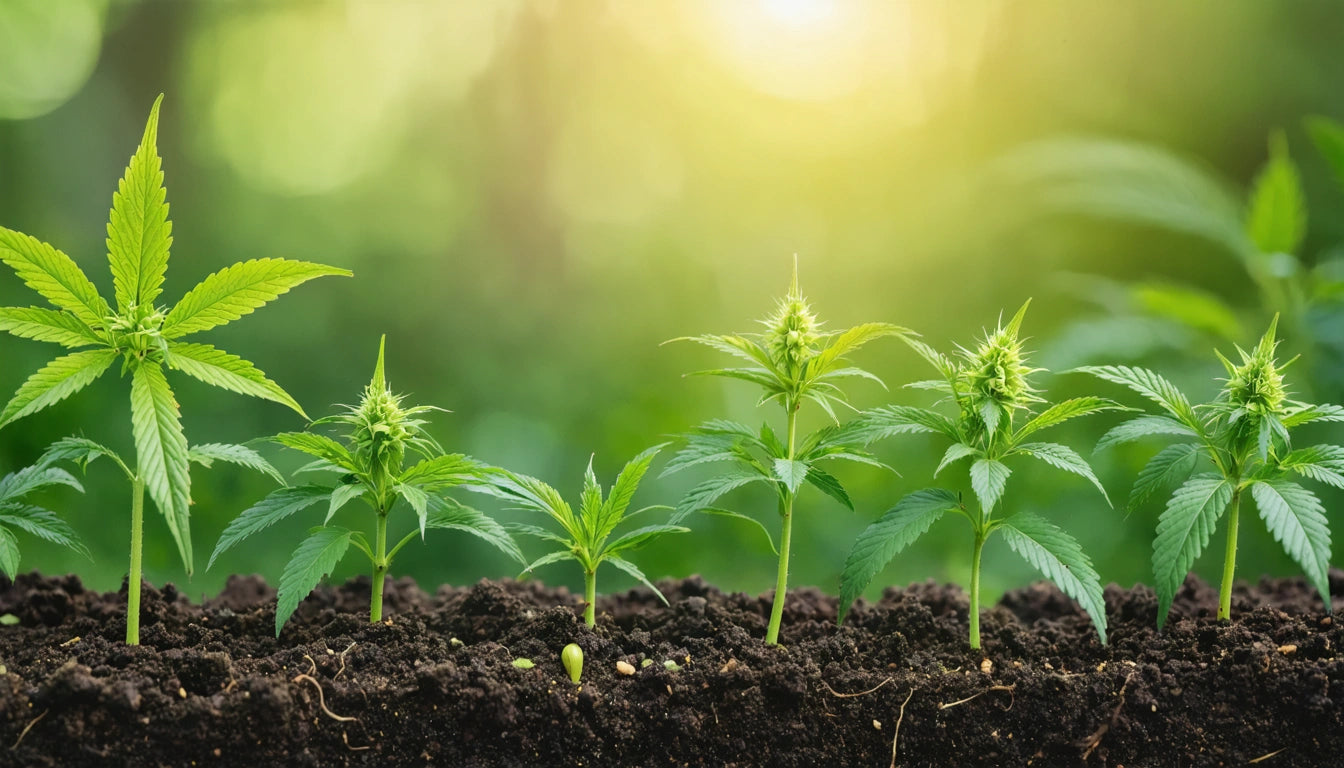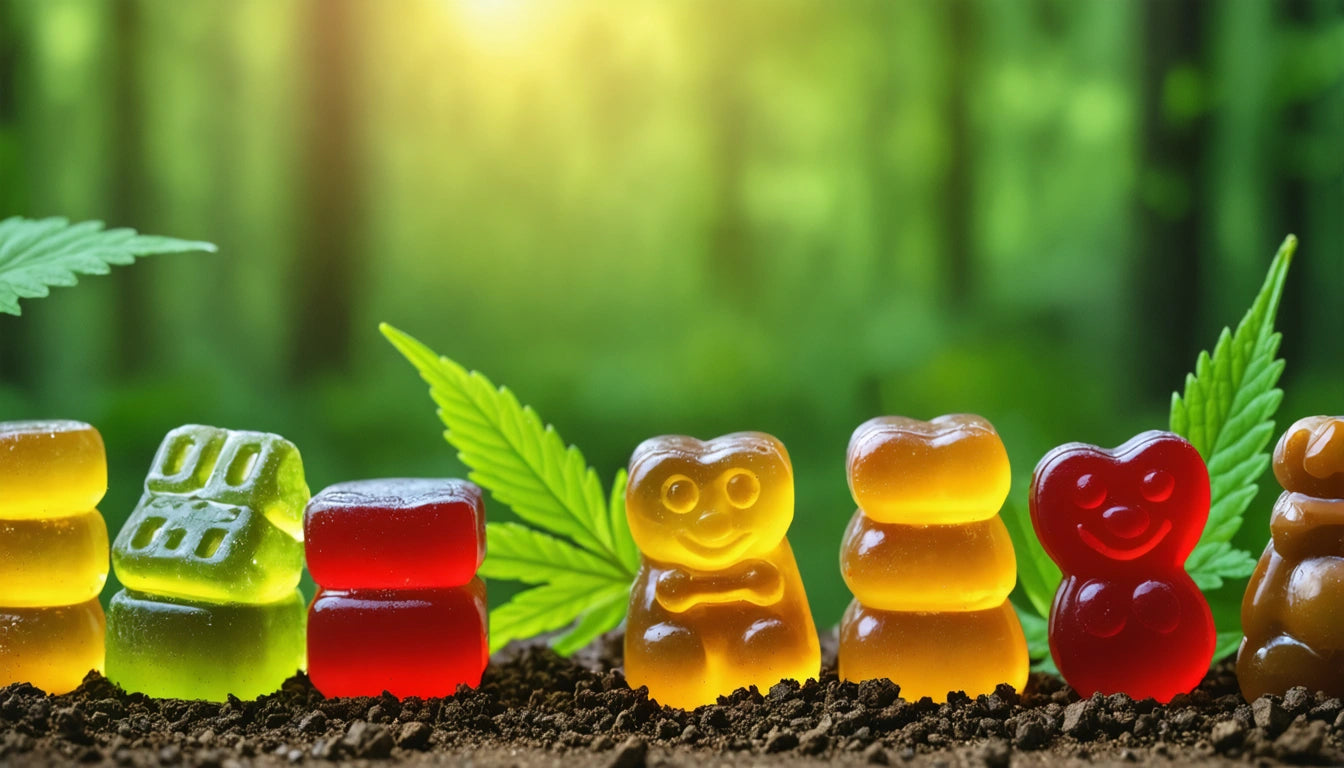Table of Contents
- Getting Started: Essential Requirements for Growing Weed
- Growing Methods: Soil vs. Hydroponics
- Seed Selection and Germination Techniques
- Lighting Needs for Indoor Cannabis Cultivation
- Nutrients and Feeding Schedules
- Common Problems and Troubleshooting
- Harvesting and Curing Your Cannabis
- Key Takeaways for Successful Home Growing
Comprehensive Guide to Growing Weed: Tips and Techniques for Beginners
Learning how to grow weed at home can be both rewarding and cost-effective. Whether you're interested in growing for personal use or as a hobby, understanding the fundamentals of cannabis cultivation is essential for producing quality plants. This guide covers everything beginners need to know about growing cannabis successfully, from selecting seeds to harvesting and curing your final product.
Getting Started: Essential Requirements for Growing Weed
Before you start growing weed at home, ensure you understand the legal considerations in your area. Many regions have specific regulations about home cultivation, including plant count limits and requirements for securing your grow space.
To begin growing cannabis, you'll need several basic supplies:
- Growing medium (soil or hydroponic setup)
- Cannabis seeds or clones
- Proper lighting (LED, HPS, or fluorescent)
- Ventilation system
- Nutrients specific to cannabis
- pH testing kit
- Containers or pots
- Thermometer and hygrometer
Creating the right environment is crucial when learning how to grow weed plants small at home. Cannabis thrives in temperatures between 70-85 °F (21-29 °C) during the day and slightly cooler at night, with humidity levels varying based on growth stage.
Growing Methods: Soil vs. Hydroponics
Soil Growing
For beginners wondering how to start growing weed, soil is often the recommended method. It's forgiving, requires less technical knowledge, and mimics the plant's natural growing environment. Quality potting soil mixed with perlite for drainage provides a good foundation. Many growers enhance their soil with compost or worm castings for additional nutrients.
When growing weed in a pot, choose containers that allow for proper drainage and root development. Fabric pots are popular because they promote air pruning of roots, leading to healthier plants.
Hydroponic Growing
If you're interested in learning how to grow hydroponic weed, be prepared for a steeper learning curve but potentially faster growth and higher yields. Hydroponic systems deliver nutrients directly to the roots in water without soil. Common hydroponic methods include:
- Deep Water Culture (DWC)
- Nutrient Film Technique (NFT)
- Ebb and Flow (Flood and Drain)
- Drip Systems
Learning how to grow weed hydroponically requires careful monitoring of pH levels (ideally 5.5-6.5) and nutrient concentrations. While more technical, many growers find hydroponic methods produce exceptional results once mastered.
Seed Selection and Germination Techniques
When learning how to grow weed from start to finish, selecting quality genetics is crucial. Seeds can be categorized as regular, feminized, or autoflowering:
- Regular seeds produce both male and female plants
- Feminized seeds produce only female plants (which produce buds)
- Autoflowering seeds automatically flower based on age rather than light cycle
For beginners wondering how to grow weed easy, feminized autoflowering seeds are often recommended as they simplify the growing process by eliminating the need to identify and remove male plants.
To germinate seeds, the paper towel method is popular: place seeds between damp paper towels on a plate, cover with another plate, and keep in a warm, dark place until taproots emerge (usually 1-5 days). Once germinated, carefully transfer to your growing medium.
Lighting Needs for Indoor Cannabis Cultivation
Understanding lighting is essential when learning how to grow weed in the house. Cannabis requires different light cycles depending on its growth stage:
- Seedling/Vegetative stage: 18-24 hours of light per day
- Flowering stage: 12 hours of light, 12 hours of uninterrupted darkness
For those wondering how to grow weed quick, proper lighting is key. LED grow lights have become popular for home growers due to their energy efficiency and full spectrum output. HPS (High Pressure Sodium) lights are also effective but generate more heat. For small spaces or those learning how to grow weed plants small, compact fluorescent lights (CFLs) can work for the vegetative stage.
Position lights at appropriate distances from plants to prevent light burn while maximizing light absorption. Many beginner grow kits include properly sized lighting for small setups.
Nutrients and Feeding Schedules
Cannabis requires different nutrients during various growth stages. The three primary macronutrients are:
- Nitrogen (N): Essential during vegetative growth
- Phosphorus (P): Critical during flowering
- Potassium (K): Important throughout the plant's lifecycle
When learning how to cultivate weed, understanding proper feeding is crucial. Start with nutrients at quarter or half strength to avoid nutrient burn, gradually increasing as plants show signs of healthy growth. For those wondering how hard is it to grow weed, nutrient management is often one of the more challenging aspects, requiring careful observation of plant responses.
For processing your harvested material, quality equipment makes a significant difference. Many home growers invest in reliable grinder machines to process their dried flower efficiently, ensuring consistent texture for optimal consumption.
Common Problems and Troubleshooting
Even experienced growers face challenges. When learning how to successfully grow weed, be prepared to identify and address common issues:
- Nutrient deficiencies or toxicities (yellowing, spotting, or curling leaves)
- Pest infestations (spider mites, aphids, fungus gnats)
- Mold and mildew (especially in high humidity)
- Improper pH causing nutrient lockout
- Light burn or light stress
Regular inspection of your plants is essential. Many problems can be resolved if caught early. For those asking how do people grow weed consistently, the answer often lies in preventative maintenance and quick response to emerging issues.
Harvesting and Curing Your Cannabis
Knowing when to harvest is critical for potency and effect. Look for these signs of readiness:
- Pistils (hairs) darkening from white to orange/brown
- Trichomes changing from clear to cloudy (peak THC) or amber (more CBD, sedative effects)
- Fan leaves yellowing and falling off
After harvesting, proper drying and curing are essential steps that many beginners overlook when learning how to grow weed for beginners. Hang trimmed branches in a dark room with 45-55% humidity and temperatures around 65-70 °F (18-21 °C) for 7-10 days until stems snap rather than bend.
Following drying, cure buds in glass jars, opening daily ("burping") for the first two weeks, then less frequently for at least a month. Proper curing improves flavor, smoothness, and potency.
Key Takeaways for Successful Home Growing
As you embark on your journey to learn how to grow weed at home, remember these essential points:
- Start small and expand as you gain experience
- Keep detailed records of your growing process
- Join online communities for support and advice
- Invest in quality equipment and genetics
- Practice patience, as rushing often leads to mistakes
Growing cannabis is both a science and an art that improves with experience. For those wondering how to homegrown weed successfully, consistency in care and willingness to learn from mistakes are key factors. With proper attention to the fundamentals outlined in comprehensive growing guides, even beginners can produce quality cannabis at home.
Whether you're growing for medicinal purposes or personal enjoyment, the satisfaction of cultivating your own cannabis makes the learning process worthwhile. Start with the basics, expand your knowledge gradually, and soon you'll be growing cannabis that rivals commercial products.











Leave a comment
All comments are moderated before being published.
This site is protected by hCaptcha and the hCaptcha Privacy Policy and Terms of Service apply.